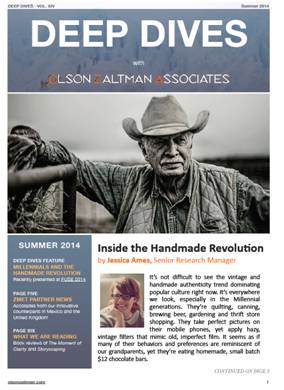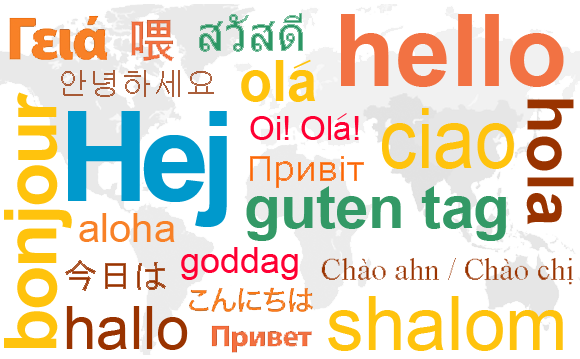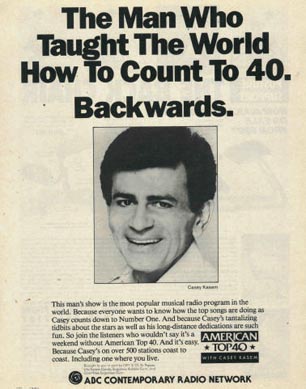The New York Times yesterday featured an article on Mason jars. It was an article that ties very closely to our recent research on Millennials and the handmade movement.
Ball (a brand of Mason jars) has seen interest in its brand explode recently, with more than 500,000 Facebook fans and a Pinterest-like website.
And big companies are leveraging the symbolism of Mason jars as well – the article describes how Red Lobster and 7-11 have both incorporated plastic versions of the jars into their product offerings as a way of attracting Millennials. (The 7-11 Slurpee Mason jars and accompanying hipster mustache straws are a particularly unique approach).























